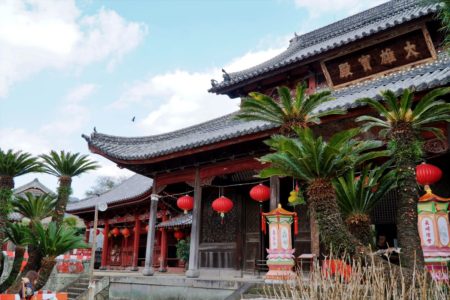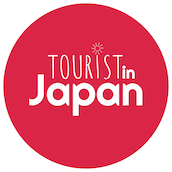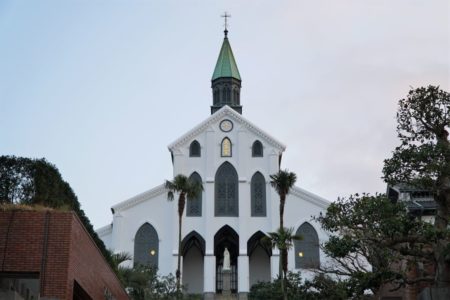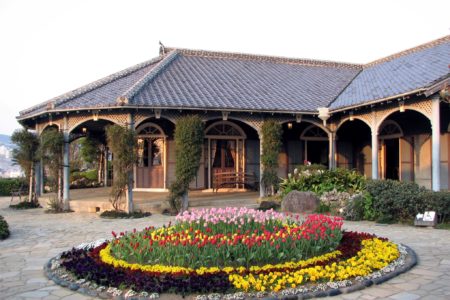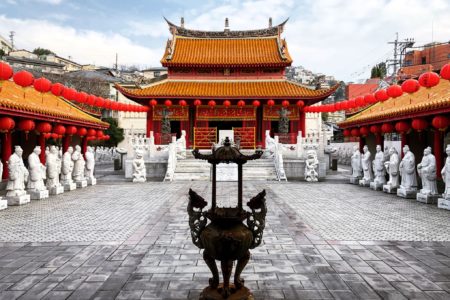Kofuku-ji (興福寺), located in Nagasaki’s temple town district, was the first Obaku Zen temple in Japan. It was established in 1620 by a Chinese priest, as a place to pray for the safety of seafarers. It’s Chinese architecture makes Kofuku-ji stand out among Japanese temples and shrines. When entering Kofuku-ji temple it will quickly be …
